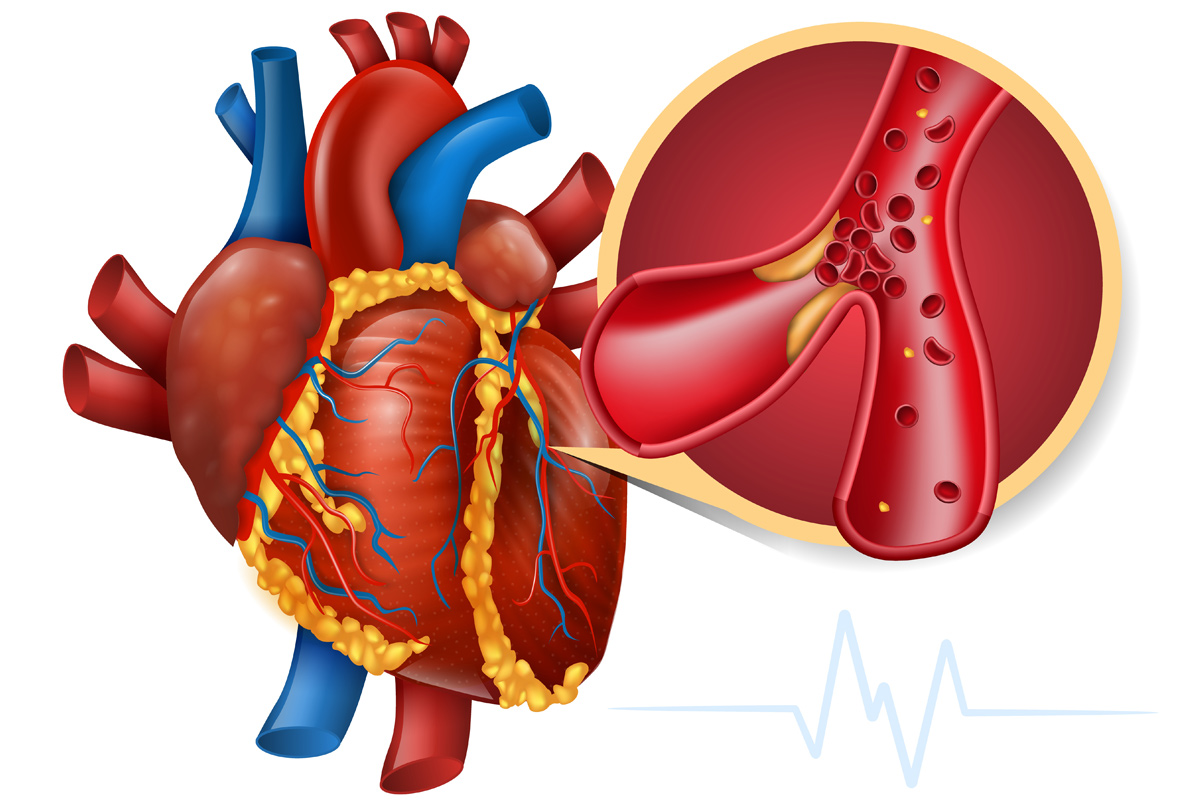Treatment of Cardiovascular Diseases
If significant narrowing and/or occlusion of the coronary arteries is detected, balloon angioplasty can be performed in the same session or later if necessary. Balloon angioplasty involves inflating a specially made balloon for a short period of time and widening the narrowing of the vessel. The balloon can be used for more than one stenosis in the same vein or for stenoses in more than one vein in the same session or in different sessions. If necessary, a stent is placed in the area using a balloon in addition to it.
In the balloon procedure, a catheter with an inflatable balloon at its tip is inserted into the area of stenosis (A). After it is placed in the narrowed area, the balloon is inflated and the stenosis is opened (B).
In cases not suitable for balloon angioplasty, bypass surgery or medication therapy may be recommended.
In bypass surgery, a vessel that serves as a bridge is inserted between the front and back of the site where the stenosis begins. This vessel can be the patient’s own saphenous vein or an artery (lima) from the chest. This allows blood to flow beyond the narrowed or occluded area with the help of this bridge.
Here we see LIMA bypass to the left anterior descending artery (LAD) and saphenous vein bypass to the right coronary artery (RCA).
Medications used for coronary artery disease dilate the coronary arteries, reduce the load on the heart, prevent the formation of blood clots in this area, or lower cholesterol levels, which have a very negative effect on atherosclerosis. The medicines should be taken continuously and under the supervision of a doctor.
Here we see that the leg vein (saphenous vein graft) is anastomosed to the left anterior descending artery (LAD). First, one end of the graft is sutured to the LAD, then the other end is sutured to the aorta. Thus, blood coming from the aorta bypasses the occluded area on the other side of the artery and supplies the heart.
Unfortunately, neither the medications used in the treatment of coronary artery disease nor the balloon and bypass can eliminate the vascular disease. Therefore, new stenoses may occur in the same region or in different regions of the coronary vessel, or a mild stenosis may progress and become a severe stenosis and cause problems. For this reason, it is very important for patients to take their medications regularly and to come in for checkups at times recommended by their doctor to eliminate risk factors and whenever they have other symptoms to detect problems early.




